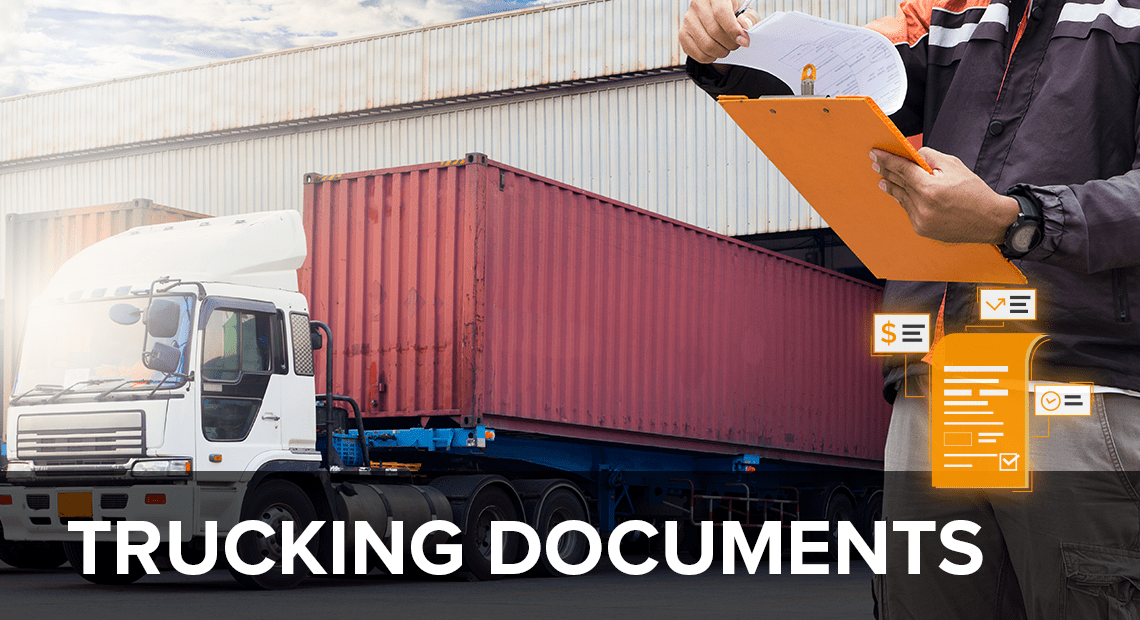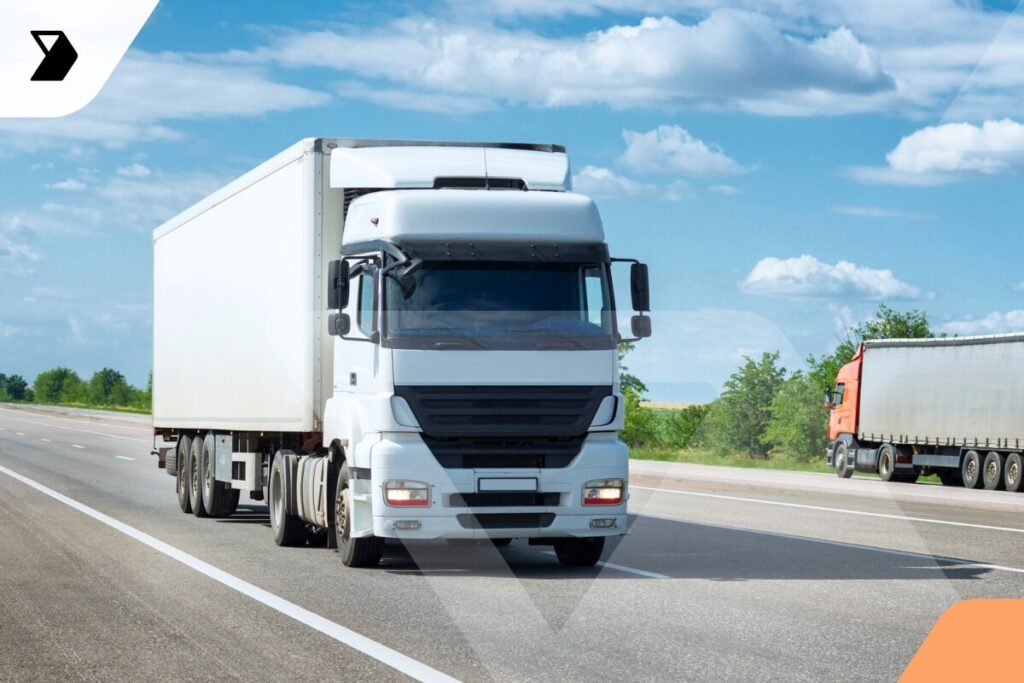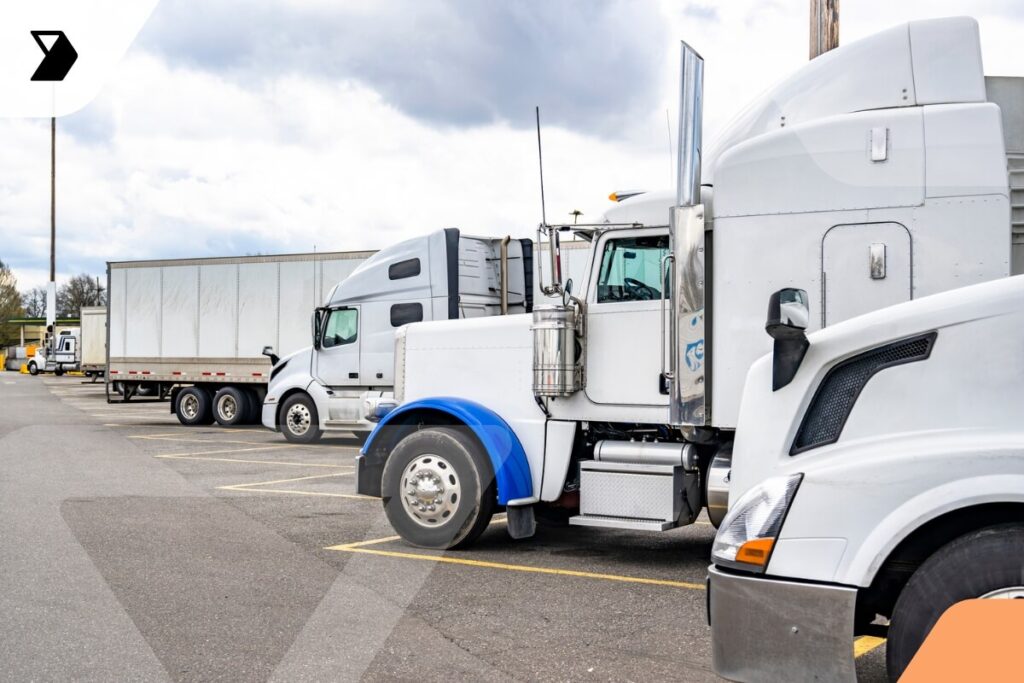The Essential Differences: Proof of Delivery vs Bill of Lading
If there’s one thing we can’t stress enough about supply chain logistics, it’s the importance of maintaining impeccable documentation along every touchpoint.
Ready to transform your supply chain?

Shipping and receiving is a very risky process. Many things can go wrong along the way. Items can be lost, damaged, or stolen. This can lead to finger pointing, arguments, and a host of other negative outcomes.
April 2, 2020

With all that in mind, it’s important to be diligent about documentation.
Maintaining order across an entire supply chain starts with communicating effectively. To accomplish this, careful record keeping is necessary.
Two documents that play an instrumental role in this communication process are the bill of lading and the proof of delivery.
In this post, we’ll highlight the key differences between these two documents. We explain what they mean and everything you need to know before signing them.
What Is a Bill of Lading?
Lading is the process of loading a ship with cargo. And the bill of lading is a document the sender and the carrier sign that details an exact record of the inventory and condition of the items loaded onto a vessel.
There’re bill of lading legal requirements and it serves as a receipt for services rendered by the carrier. As a result, it is the only official agreement when transferring items from a sender to the carrying party. There can only be one master bill of lading—just like there can only be one freight bill when the cargo is unloaded at its destination.
While bills of lading and freight bills are similar, the fact remains that they are entirely different documents and need to be treated as such. Any carrier that attempts to consolidate the two documents or waive a freight bill in lieu of a bill of lading is most likely attempting to circumvent the system and avoid responsibility for shipping. Both items are legally required to complete a hand-off during a shipment.
An Instruction Guide
In addition to serving as a receipt, a bill of lading is also an instruction guide for the carrying company. For example, when transporting perishable goods, the bill of lading will specify the exact temperature that food must be stored at. It will also include any additional requirements needed for compliance, health, and safety purposes.
If there is a dispute at the time of delivery—such as bad food or broken items that moved during transport—the consignee and carrier will use the bill of lading to determine who is responsible for the error.
Add it all up, and the bill of lading can serve as a key guide for resolving disputes. In turn, it can prevent compensation from idling for months on end after a botched delivery.
Suffice it to say that the bill of lading is extremely important. And someone needs to carefully examine it before they sign it. Once the document is signed, it indicates that the shipping party has inspected all items and agreed to allow the carrier to transport them under the agreed upon conditions.
Proof of Delivery vs. Bill of Lading
A bill of lading is different from a proof of delivery notification. However, the proof of delivery plays an equally important role in the shipping process and should not be taken lightly.
A proof of delivery is a document that gets signed and distributed to confirm that a shipment has been received by the sender. Again, this document is not to be confused with the freight bill. Instead, it serves as a confirmation that an order arrived as expected.
A proof of delivery form should contain a copy of the inventoried items. It should also contain the date and time of delivery and the name and title of the person who received the item and inspected the freight bill. However, there is no acceptable standard for what a proof of delivery form should specify. Each company more or less makes up their own rules.
In the past, proofs of delivery were recorded on paper and sent via snail mail or email. The process took a long time and delayed back-end processing.
Today, they are typically sent on a mobile device via a cloud-based app (more on that below).
Who Handles a Proof of Delivery?
The proof of delivery is a shipping document. As such, an authorized individual should sign and inspect the proof of delivery notification after receiving a shipment. And, in most cases, it should be sent to the warehouse manager or accountant who signed the bill of lading.
Companies tend to have different processes for handling documents. That being the case, it’s important to have a clear workflow in place to eliminate confusion.
Round up your shipping managers and determine who should be responsible for receiving all documentation. This will save costly errors down the line.
Key Considerations
Here are some important things to remember before signing a proof of delivery.
1. Inspect and Inventory All Items First
A proof of delivery is not a legally binding inventory agreement like a freight bill.
In other words, signing a proof of delivery does not indicate that you accept full responsibility for the inventory and condition of a shipment.
However, it does indicate that you received the shipment. And so it’s a good idea to always sign the proof of delivery after conducting a thorough inspection of the items at hand.
2. Report Damaged or Missing Items
Generally speaking, missing or damaged inventory is written on the freight bill or sent separately in a report after a shipment takes place.
However, it’s common to include a note in the proof of delivery, indicating that the item was not received in full.
This way, the receiving party can be sure to notice the claim and respond in a timely manner.
3. Migrate Away From Paper
Companies that are still using paper-based document transfer systems would be wise to digitize their operations and embrace mobile technologies. The entire industry is moving in this direction, as more and more companies embrace digital transformation.
It’s now possible to send and receive documents—like proof of delivery notifications—directly over a smartphone. Vector, for instance, offers a solution that automatically captures, crops, and enhances paperwork—providing a touch-free and efficient system along the way.
Vector’s mobile service offers the following benefits:
Enhanced Security
Paper-based shipping documents are subject to fraud and abuse from bad actors in the supply chain.
However, Vector Mobile makes it possible to transfer documents using a secure and tamper-proof system. That way, when someone signs a document, all necessary parties receive notifications about the transaction.
Rapid Response
Businesses no longer have to wait days or weeks to receive paperwork from workers.
Using Vector Mobile, shipping parties can be instantly notified when their shipments arrive, enabling them to take rapid action when needed. This can make all the difference when working with tight deadlines, where wasted time could lead to delayed projects and missed deadlines.
Easy Access
Global shipping managers need to keep track of many different documents on a daily basis. This makes organization and accessibility critical for success.
Vector’s system can serve as a digital filing cabinet, with easy search functionality. When someone needs to access a document, they can obtain it without having to sort through piles of paper or track down individuals.
Learn more about how Vector can help your business.
This post was written by Justin Reynolds. Justin is a freelance writer who enjoys telling stories about how technology, science, and creativity can help workers be more productive. In his spare time, he likes seeing or playing live music, hiking, and traveling.
Continue reading
Ready to transform your supply chain?
Increase efficiency and productivity. Say goodbye to delays, handwriting errors, and time-intensive manual data entry.



